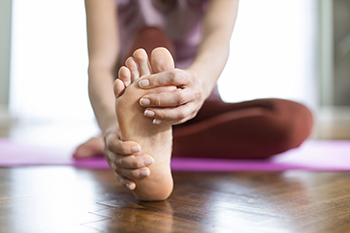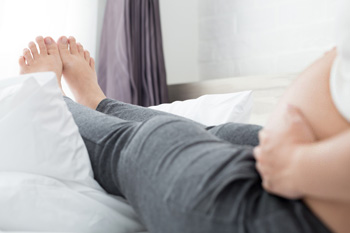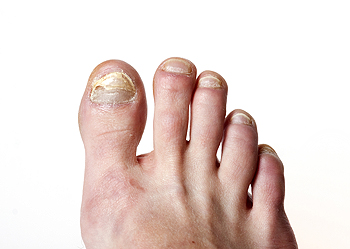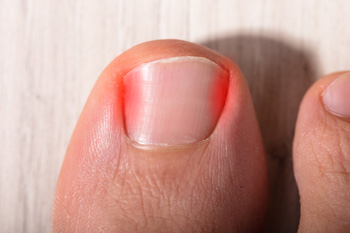
Despite their popularity, flip-flops can actually be a dangerous kind of shoe if they are worn for too long and during particularly strenuous physical activities. Although wearing flip-flops is associated with a number of different foot afflictions, it is of particular importance that flip-flops can cause toe pain. Flip-flops can cause toe pain because the design of the shoe offers almost no protection for the toes. Therefore, stubbing of the toes is perhaps more likely when wearing shoes like flip flops. Some individuals that damage their toes from wearing these shoes report a broken toe and even torn nail beds. One of the ways in which an individual can prevent developing these kinds of injuries is by protecting the toes in choosing footwear that provides protection over the toes. If you want to learn more about the connection between flip flops and toe pain, contact a podiatrist.
Flip-flops can cause a lot of problems for your feet. If you have any concerns about your feet or ankles, contact one of our podiatrists from Westside Podiatry Center, LLP. Our doctors will assist you with all of your foot and ankle needs.
Flip-Flops and Feet
Flip-flops have managed to become a summer essential for a lot of people. While the shoes may be stylish and easy to slip on and off, they can be dangerous to those who wear them too often. These shoes might protect you from fungal infections such as athlete’s foot, but they can also give you foot pain and sprained ankles if you trip while wearing them.
When Are They Okay to Wear?
Flip-flops should only be worn for very short periods of time. They can help protect your feet in places that are crawling with fungi, such as gym locker rooms. Athlete’s foot and plantar warts are two common fungi that flip-flops may help protect your feet against.
Why Are They Bad for My Feet?
These shoes do not offer any arch support, so they are not ideal for everyday use. They also do not provide shock absorption or heel cushioning which can be problematic for your feet. Additionally, you may suffer from glass cuts, puncture wounds, and stubbed toes since they offer little protection for your feet.
More Reasons Why They Are Bad for Your Feet
- They Slow You Down
- May Cause Blisters and Calluses
- Expose Your Feet to Bacteria
If you have any questions, please feel free to contact one of our offices located in Liverpool, Camillus, Skaneateles, Oswego, and Cicero, NY . We offer the newest diagnostic and treatment technologies for all your foot care needs.





